In the world of product design, prototyping plays a crucial role in bringing ideas to life. Metal prototypes offer various advantages, being durable, flexible, and precise. In this article, we’ll delve deeper into the different techniques and processes involved in metal prototyping.
Whether you’re in the automotive, aerospace, or electronics industry, metal prototypes allow you to validate a product’s design and functionality before mass production. From 3D printing to CNC machining and casting, there are various methods for creating metal prototypes.
A well-designed metal prototype not only reduces production time but also cuts costs and minimizes errors. This article will explore the crucial steps and aspects of metal prototyping, providing a comprehensive view of this exciting and innovative world.
Get ready to push the boundaries of design and bring your ideas to life. Let’s dive into the realm of metal prototyping!
Introduction to Metal Prototyping
Metal prototyping is a pivotal stage in product development, allowing designers and engineers to visualize and test their ideas before mass production. Metal prototypes offer a realistic preview of how the final product will look and function.
Various procedures are available for metal prototyping, each with its own pros and cons. Choosing the right procedure depends on factors like the desired material, design complexity, and available budget.
Different Methods of Metal Prototyping
There are several methods for creating metal prototypes. One of the most popular methods is 3D printing, also known as additive manufacturing. In 3D printing, metal is built layer by layer to create the desired prototype.
Another common method is CNC machining. This involves shaping the metal using a computer-controlled milling machine. It’s suitable for prototypes with complex shapes and fine details.
Casting is another way to create metal prototypes. Here, the metal is poured into a mold and then cooled to obtain the desired prototype. This method is useful for prototypes requiring large quantities of the same part.
Advantages of Metal Prototyping
Metal prototyping offers a myriad of benefits for designers and engineers. One of the biggest advantages is the ability to validate a product’s design and functionality before mass production. This helps identify potential errors and issues early on.
Metal prototypes are also durable and flexible. They can be tested in various situations and adjusted to ensure the final product meets requirements. Additionally, metal prototypes can exhibit precise measurements and tolerances, crucial for fine-tuning parts.
Common Materials for Metal Prototyping
Various materials can be used in metal prototyping, depending on project requirements. Some of the most common materials include aluminum, steel, copper, and titanium.
Aluminum is popular for metal prototyping due to its lightweight yet durable nature. It’s suitable for prototypes requiring high strength and rigidity.
Steel is another commonly used material. It’s robust and resilient, making it ideal for prototypes subjected to extreme stress.
Copper is often used in electronic prototypes due to its excellent electrical conductivity. It’s suitable for prototypes of circuit boards and other electronic components.
Titanium, known for its high strength and corrosion resistance, is used in demanding applications. It’s suitable for prototypes of aircraft parts and medical devices.
The Process Steps of Metal Prototyping
The metal prototyping process consists of several steps that require careful planning and execution. The key steps include:
- Design and Concept Development: Creating the prototype’s design and developing the concept, considering all requirements and specifications of the final product.
- Material Selection: Choosing the appropriate material for the prototype based on project requirements, budget, and availability.
- Prototype Fabrication: Initiating the prototype’s production once the design and material are determined, using methods such as 3D printers, CNC machines, or casting.
- Testing and Inspection: Conducting tests and inspections on the prototype to ensure it meets requirements. This involves mechanical tests, functionality checks, and visual inspections.
- Adjustments and Improvements: Making necessary adjustments and improvements to the prototype based on test results. This may involve additional manufacturing steps or design changes.
- Validation and Approval: Validating and approving the prototype once it meets all requirements, indicating readiness for mass production.
Factors in Choosing a Method
Several factors must be considered when choosing a method:
- Design Requirements: Some methods are better suited for complex designs, while others work well for simpler geometries.
- Material Requirements: Not all methods are compatible with every material, so it’s crucial to consider the desired material and its compatibility with the chosen method.
- Budget and Timeline: Costs and time spent on prototype production are essential factors. Some methods might be more expensive or time-consuming than others.
Examples of Successful Projects
Metal prototyping has led to successful projects in various industries:
- Automotive Industry: Used to develop and test new vehicle models, including prototypes for body parts, engine components, and more.
- Aerospace Industry: Plays a crucial role in prototyping aircraft parts, engines, and other components.
- Electronics Industry: Utilized for developing circuit boards and electronic components, ensuring functionality and reliability.
Challenges and Solutions in Metal Prototyping
While metal prototyping offers numerous benefits, there are challenges to consider:
- Choosing the Right Method and Material: Selecting the appropriate method and material to achieve the desired outcome.
- Accuracy of Prototypes: Ensuring minimal deviations in prototypes that may affect the final product’s function and fit.
Cost Considerations in Metal Prototyping
Costs in metal prototyping vary based on the chosen method, material, and design complexity. Optimizing costs involves selecting the right method and material and streamlining the prototyping process.
Conclusion
Metal prototyping is a pivotal phase in product development, enabling the visualization, testing, and optimization of ideas. With various methods and careful planning, designers and engineers can turn their ideas into reality, leveraging the advantages of metal prototyping to bring innovative products to life.
Take advantage of metal prototyping and turn your ideas into reality!

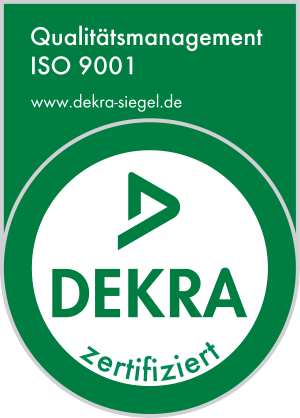
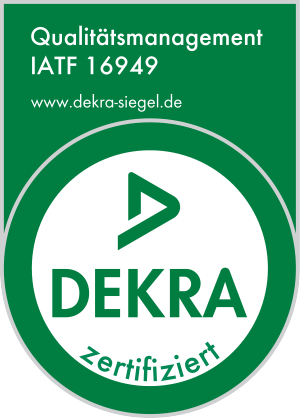
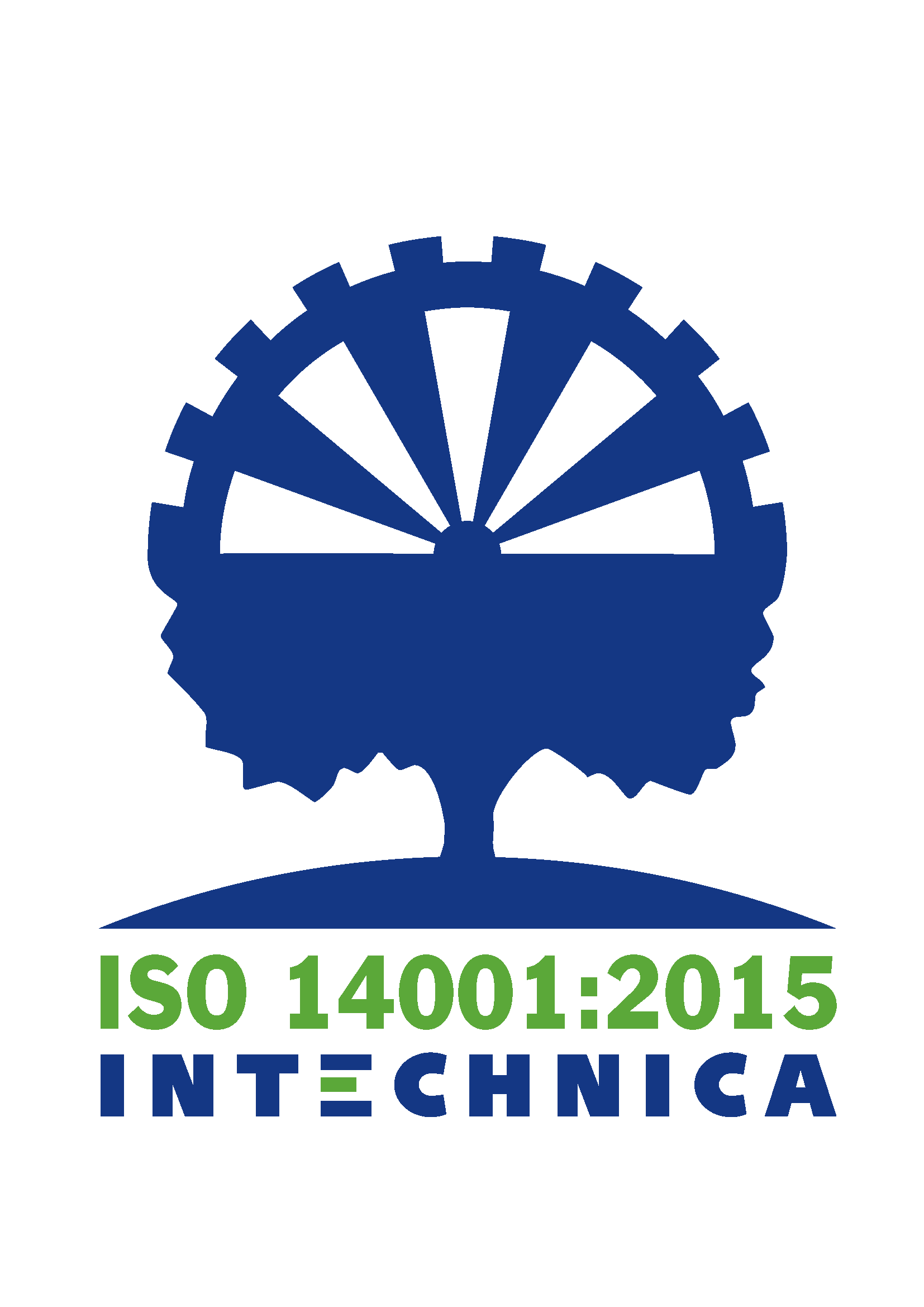

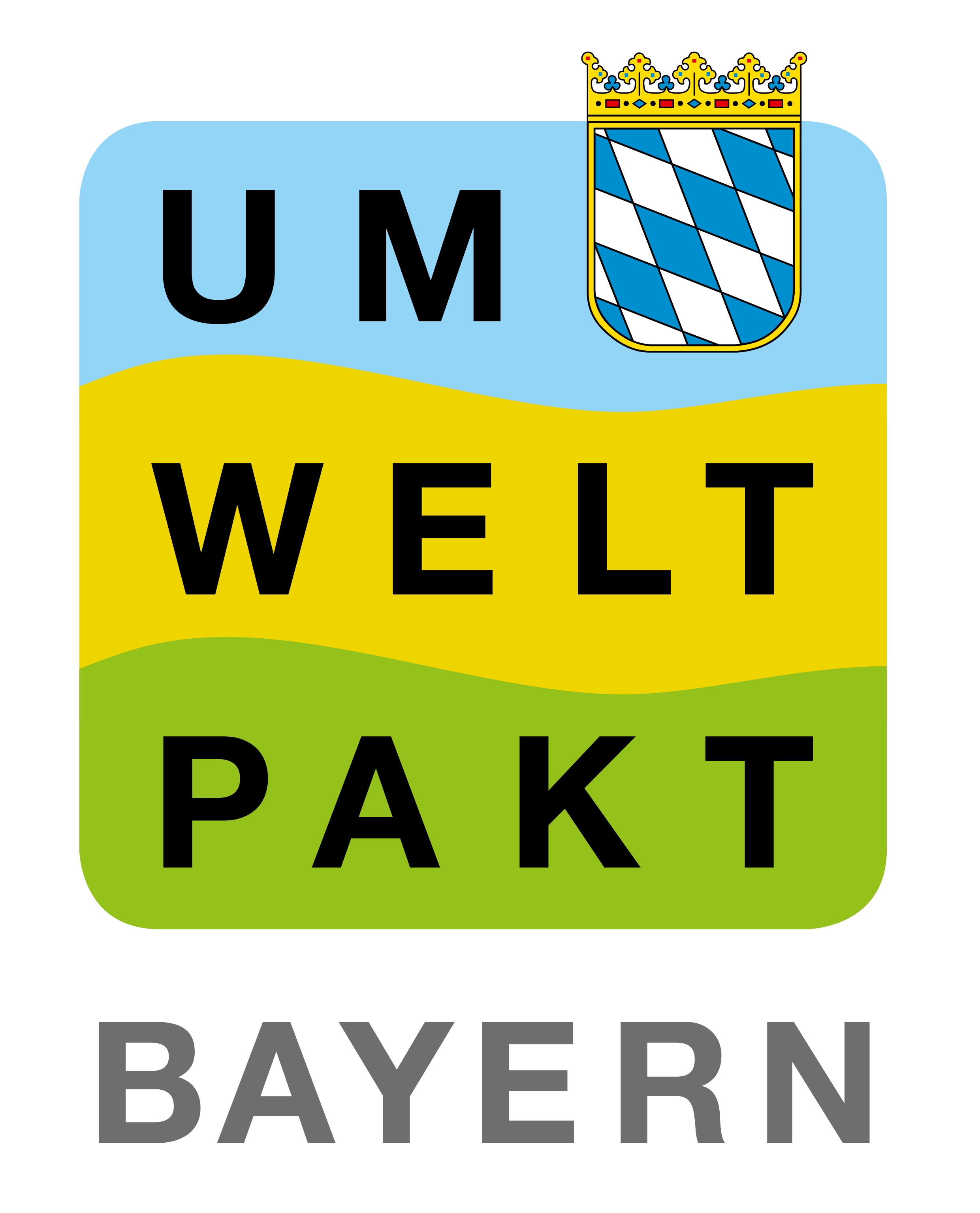
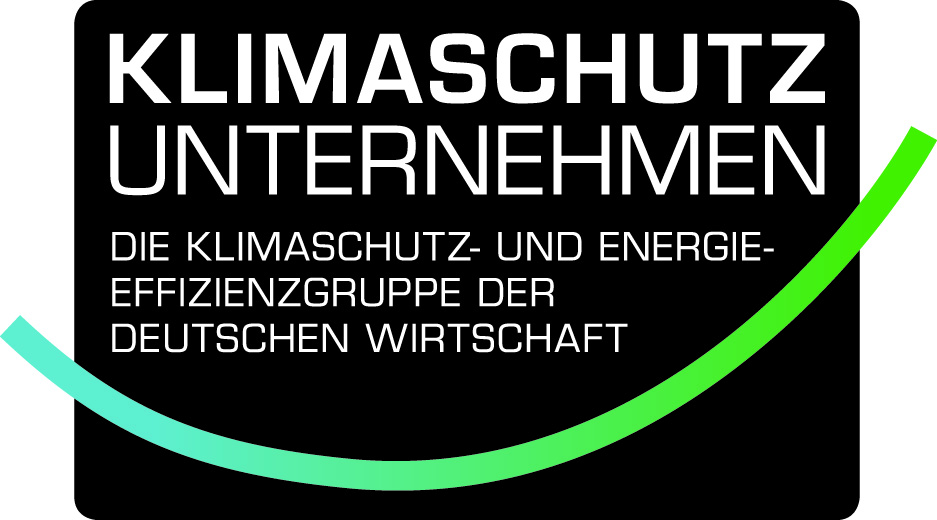


Leave A Comment